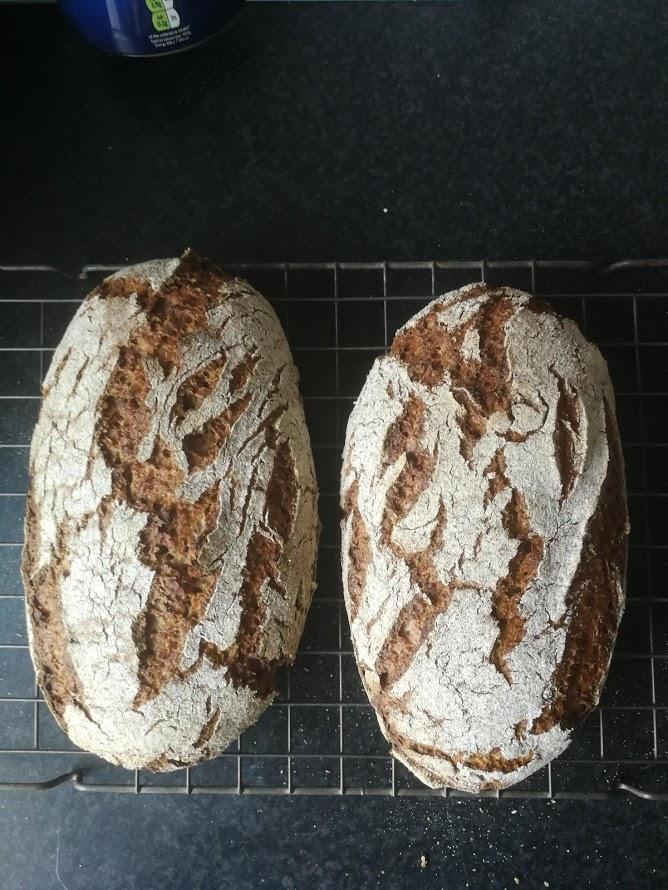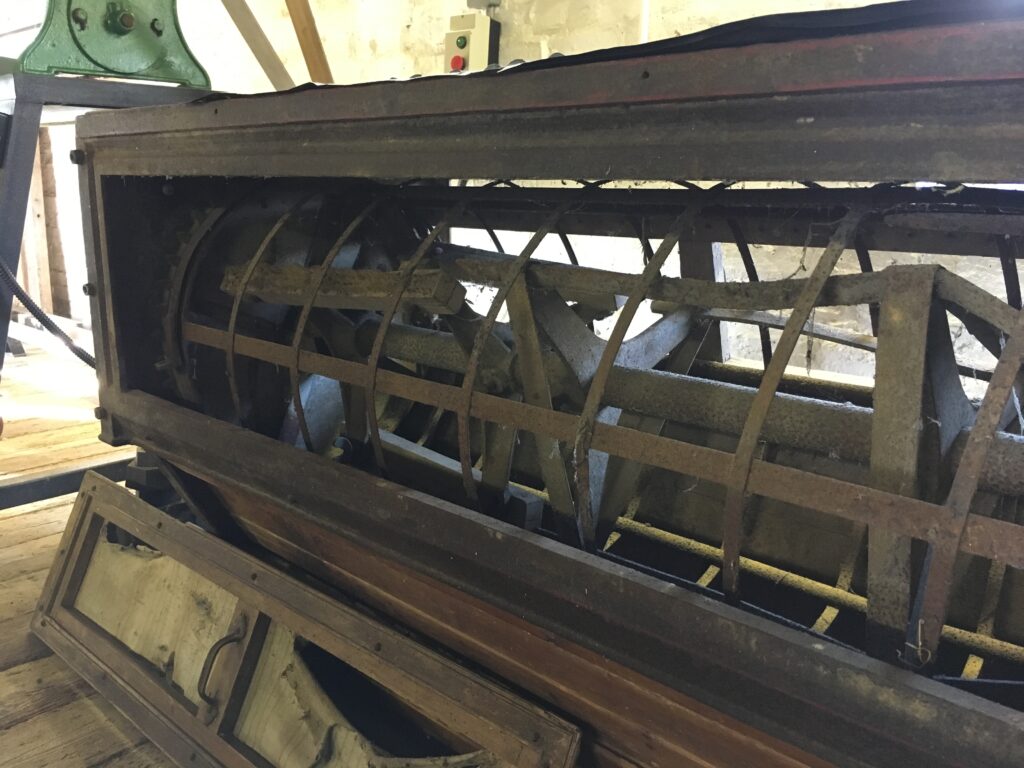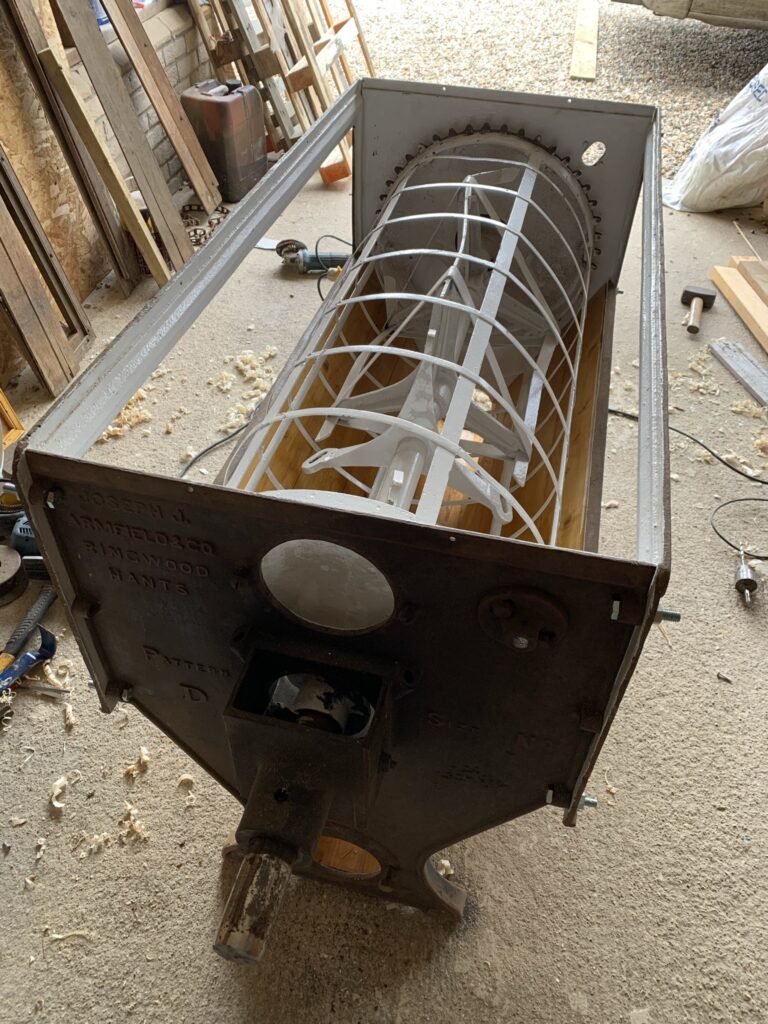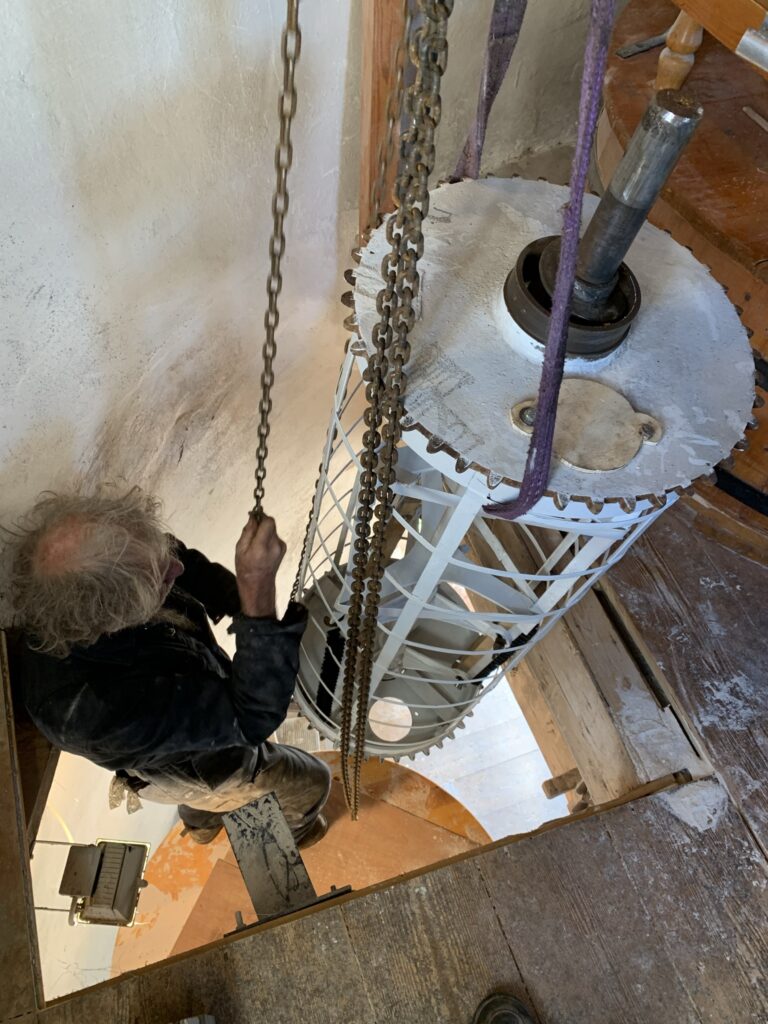With the John Lewis Christmas advert well and truly launched and high streets up and down the country decked in Christmas lights, the Prior’s Flour Team are now in full swing packing our Christmas Boxes and Gift Vouchers.
Bread Bakers Delight
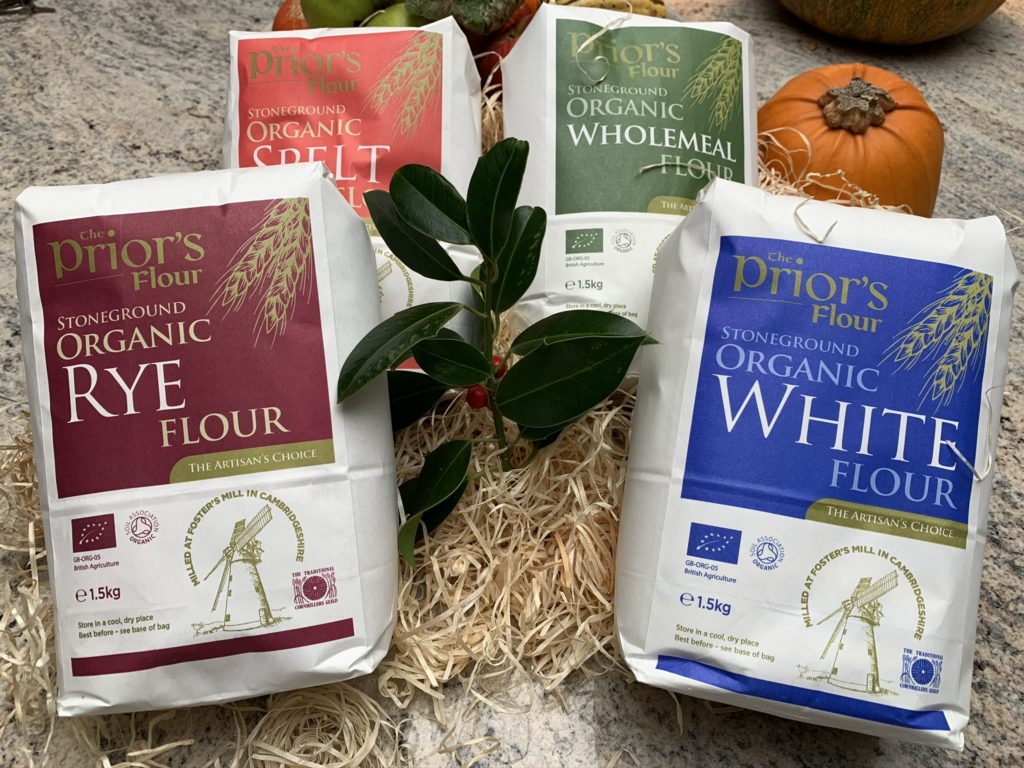
For the discerning baker, why not buy them a selection of our finest bread flours along with a Traditional Cornmillers Guild Recipe Book all finished in a box, packed with straw and a gorgeous Christmas Card!
Foodies Delight
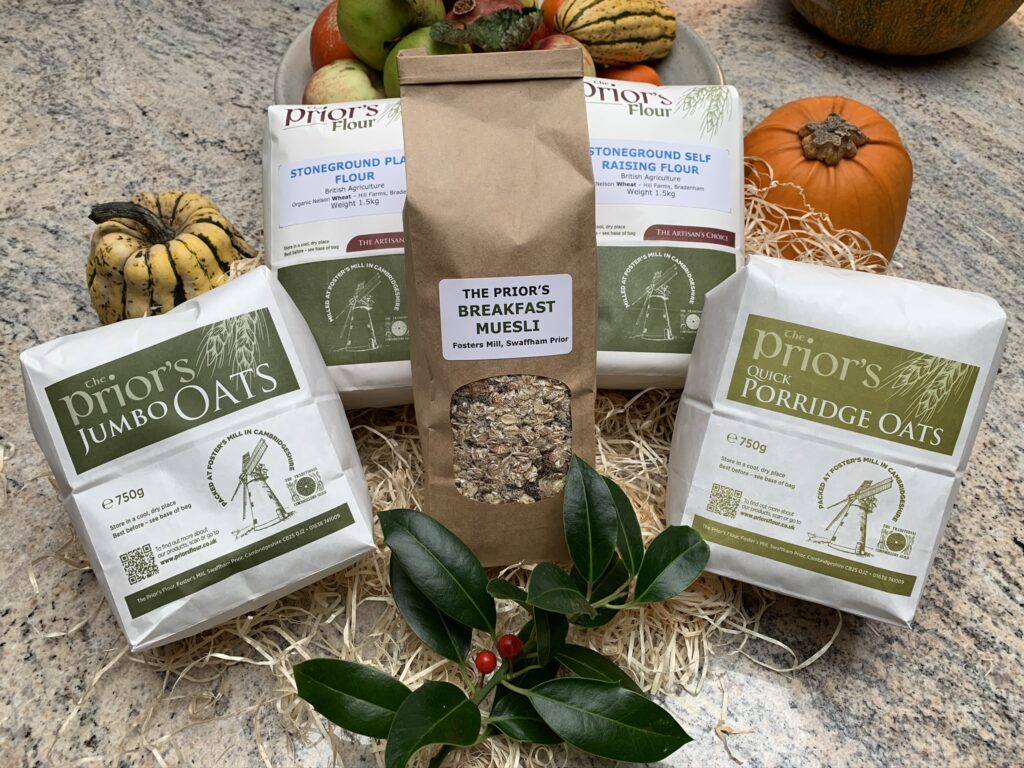
For the Foodie in your life – buy them a delicious range of provisions – from breakfast cereals to store cupboard staples such as Plain & Self Raising Flour, all finished in a box, packed with straw and a gorgeous Christmas Card!
See our webpage for more information and to purchase!

